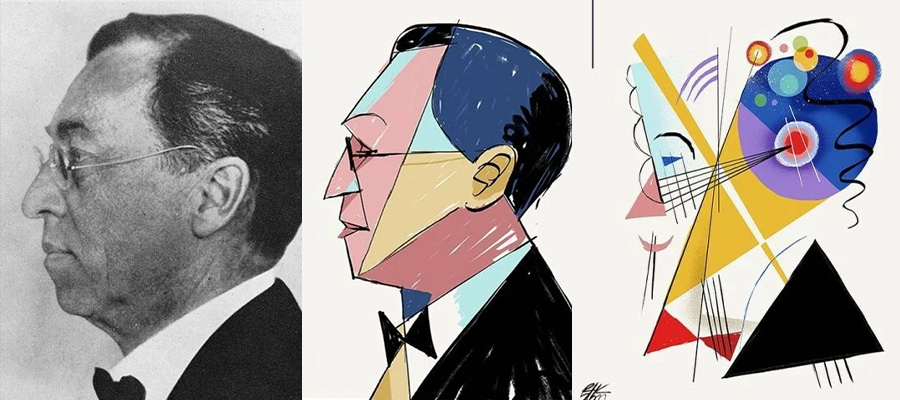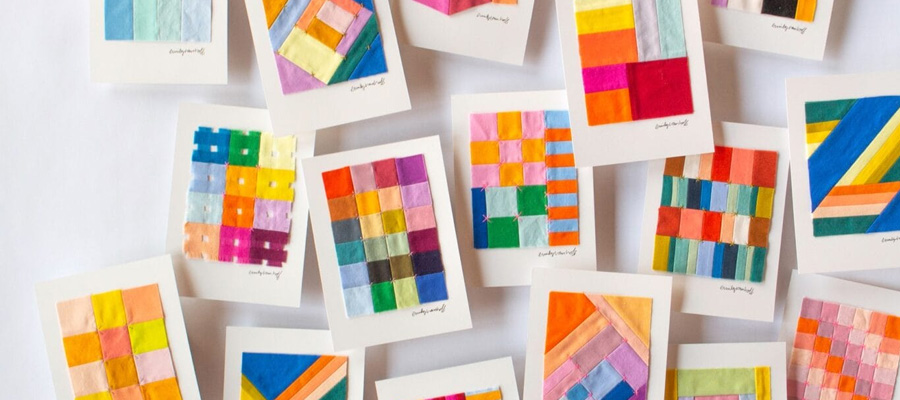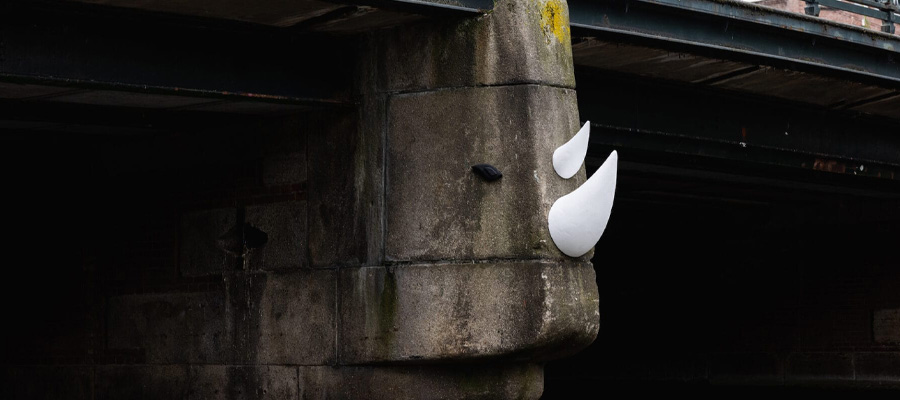The phrase “crafts with the fine arts” captures the connection and interplay between the fields of fine arts and crafts. Fine arts typically include disciplines such as painting, sculpture, and drawing, while crafts involve activities like pottery, woodworking, and textiles. However, there are many areas where the two fields overlap, such as in the creation of mixed media artwork or the use of traditional crafts techniques in contemporary art.

illustration "arts & digital crafts" by Antimultivitamin Studio
The construct may also imply the idea of raising craft to the level of fine art, acknowledging the skill and artistic value involved in craft practices. In recent years, there has been a growing movement to recognize crafts as fine art, with exhibitions, galleries, and museums featuring works that blur the line between the two. The expression “crafts with the fine arts” could also suggest the idea of combining the techniques and approaches of crafts and fine arts to create new, innovative works of art. By merging the two fields, artists may be able to create pieces that are both beautiful and functional, or that use traditional craft techniques to explore contemporary themes.
The saying “crafts with the fine arts” emphasizes the ways in which different artistic disciplines can interact and inspire each other, creating new forms of expression and expanding the limits of what we consider to be art. If we think about the phrase “crafts with the fine arts” in the context of crafting products, it could mean the use of fine art techniques and principles in the creation of handmade items. For example, a crafter might apply principles of color theory or composition to their work, or use techniques such as painting or printmaking to create unique designs.
In recent years, there has been a growing interest in the connection between fine art and crafting, with many artists and makers exploring ways to blend the two. Some crafters are using fine art techniques to enhance their work and create more sophisticated designs, while others are experimenting with new materials and techniques to push the boundaries of what is possible in the world of crafting.

illustration by renee romero
The phrase “crafts with the fine arts” could also mean the idea of acknowledging the artistic merit of crafting products. Crafting is often seen as a hobby or a pastime, rather than a serious form of artistic expression. However, by bringing the principles of fine art into the world of crafting, we can raise handmade items to the level of fine art and acknowledge the skill and creativity involved in their creation. Overall, the phrase “crafts with the fine arts” emphasizes the ways in which different artistic disciplines can interact and inspire each other, creating new forms of expression and expanding the limits of what we consider to be art and craft.

illustration by Peter Tarka
So, you learned something new about the connection between crafts and fine arts. You have seen how these two fields are not separate, but rather intertwined and inspiring. By merging the techniques and approaches of crafts and fine arts, artists and makers can create creative products that are both beautiful and functional. Some examples of these products are a handmade journal that combines painting and embroidery, a ceramic vase that features a sculpted relief and a glazed finish, a wooden clock that blends carving and stained glass, a quilted wall hanging that mixes printing and applique, and a metal necklace that fuses forging and weaving. These products demonstrate the skill and creativity of the artists and makers who created them, as well as the diversity and richness of the crafts and fine arts fields.
The phrase “crafts with the fine arts” and the Arts and Crafts movement share some common themes and goals. Both of them explore the connection and interplay between different artistic disciplines, and challenge the conventional distinction between fine arts and decorative arts. Both of them also aim to create products that are both functional and beautiful, and that showcase the skill and creativity of the artists and makers.
However, there are also some differences between the phrase “crafts with the fine arts” and the Arts and Crafts movement. The phrase “crafts with the fine arts” is more general and inclusive, and can apply to any product or technique that combines crafts and fine arts elements. The Arts and Crafts movement, on the other hand, is more specific and historical, and refers to a cultural movement that emerged in a particular time and place. The phrase “crafts with the fine arts” is also more neutral and descriptive, while the Arts and Crafts movement is more critical and prescriptive, as it was a reaction against industrialization and mass production. The phrase “crafts with the fine arts” is also more flexible and adaptable, while the Arts and Crafts movement is more fixed and traditional, as it was influenced by medieval and folk styles.
The Arts and Crafts movement was a cultural movement that emerged in the late 19th century in Britain and spread to other parts of Europe and America. It was a reaction against the industrialization and mass production of decorative arts, which the movement’s proponents saw as lacking in quality, style, and meaning. The movement aimed to revive the traditional skills and values of craftsmanship, and to create products that were both functional and beautiful.
The Arts and Crafts movement was influenced by the ideas of several thinkers and writers, such as Thomas Carlyle, John Ruskin, and William Morris. They criticized the social and environmental effects of industrialization, and advocated for a return to a simpler and more harmonious way of life. They also emphasized the importance of art and design as a source of pleasure and education for everyone. The Arts and Crafts movement involved various artistic disciplines, such as architecture, furniture, textiles, metalwork, ceramics, glass, jewelry, wallpaper, and books. The movement’s artists and makers sought to use natural materials, organic forms, and medieval or folk motifs in their work. They also experimented with new techniques and methods, such as hand printing, carving, weaving, and forging. They often worked in small workshops or cooperatives, where they could collaborate and share ideas. The Arts and Crafts movement had a significant impact on the development of modern art and design. It challenged the conventional distinction between fine arts and decorative arts, and inspired new forms of expression and innovation. It also influenced the social and environmental movements of the 20th century, such as the Garden City movement, the conservation movement, and the ethical consumerism movement.
We hope this article has inspired you to explore the world of crafts and fine arts, and maybe even try some of these techniques yourself. Whether you are an artist, a maker, or simply an admirer of handmade items, you can appreciate the value and beauty of crafts with the fine arts.




















